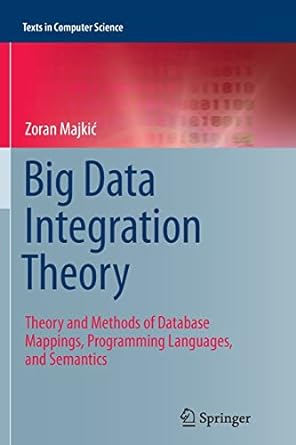1. The actions required to complete an instruction depend on the:
| b. | instruction class/type. |
| c. | instruction parameters. |
2. Data lines cannot be wired together. In order to select between multiple sources, we use
3. The program counter
| b. | holds the current instruction. |
| c. | holds the address of the current instruction. |
| d. | holds the number of instructions. |
4. A term represented by an "X" in a truth table is called a
5. In a non-pipelined processor, the clock cycle is determined by the longest possible path in a processor.
6. Pipelining improves performance by
| a. | decreasing execution time of a single instruction. |
| b. | increasing instruction throughput. |
7. Which of the following is not a pipeline stage?
8. Under ideal conditions, the speedup from pipelining is approximately equal to the
| c. | number of instructions. |
| d. | number of pipeline stages. |
9. In the pipeline discussed in class, we have separate instruction and data memories in order to avoid
10. Another term for a data hazard as discussed in class is a
11. Pipelining is a technique that exploits __________ among the instructions in a sequential instruction stream.
12. The technique used to eliminate stalls by making data available to active components before it can be read from the register file is known as
13. Instructions that are executed in a different order than they were fetched is called
| b. | out-of-order execution. |
| c. | round robin execution. |






